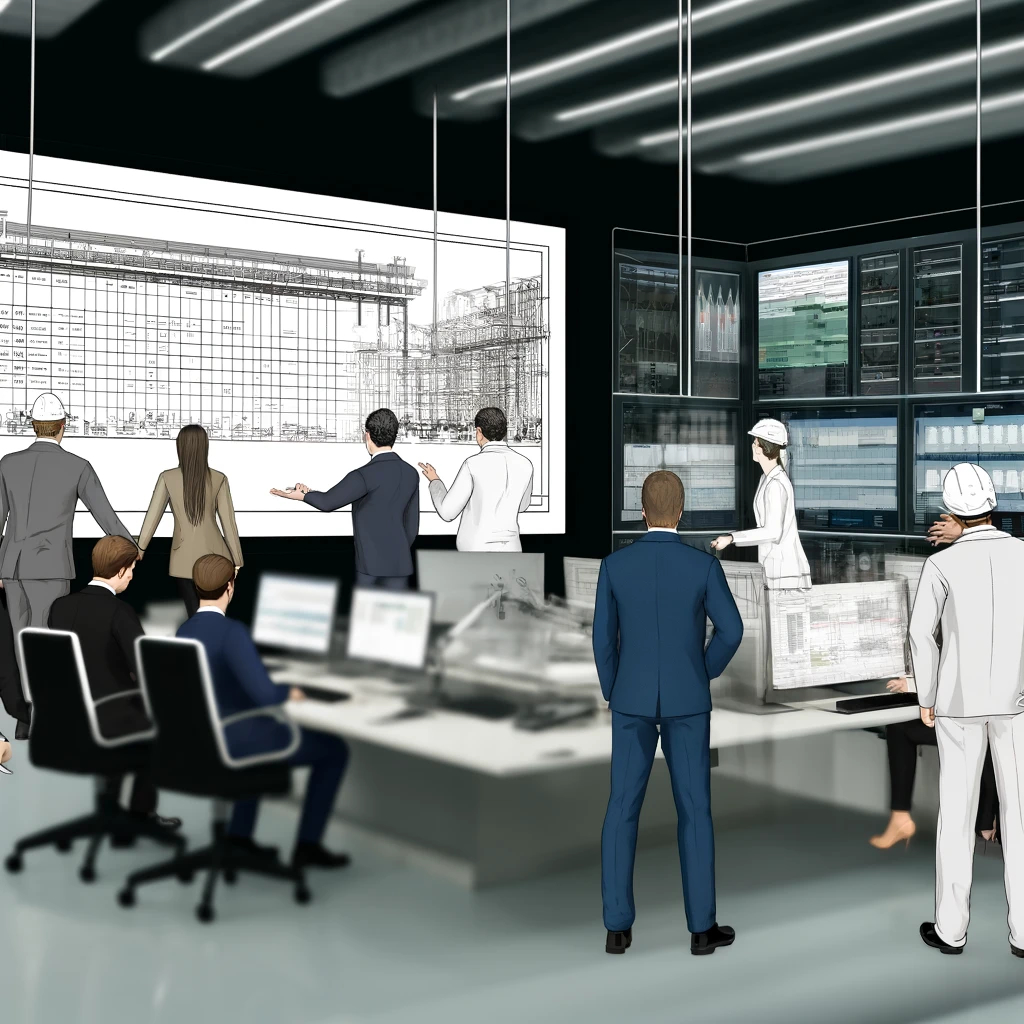Schedule Control and Progress Reporting in the Modern Construction Industry
Introduction
This updated procedure outlines an efficient system for planning, scheduling, and reporting within the realms of engineering, procurement, and construction activities. It is designed to provide the OWNER and CONTRACTOR with accurate tools to monitor project progress and resource status effectively.

Schedule Control and Progress Reporting
Contents of the Procedure
The procedure encompasses the following key areas:
– Organization for schedule control
– Development and philosophy of scheduling
– Control of schedules
– Measurement of progress
– Detailed reporting protocols
– Monitoring of project schedules
Through this procedure, the OWNER is equipped to efficiently manage project schedule control, proactively identify potential delays, and implement corrective actions promptly.
Organization for Schedule Control
Upon project commencement, the Project Control Manager will lead a dedicated team of experienced cost and schedule personnel. This team, situated within the Project task force area, ensures optimal coordination and commitment to project objectives.
Roles within the organization are defined as follows:
– Project Control Manager: Oversees the preparation of all scheduling documents and analysis reports, ensuring alignment with project timelines and goals.
– Schedule Controller: Supports the Project Control Manager in schedule development and progress reporting, playing a critical role in maintaining schedule adherence.
During later project phases, key team members will transition to the site office to directly oversee and control construction activities.
Detailed Roles and Responsibilities

Schedule Control and Progress Reporting
1. Project Control Manager:
– Chairs periodic meetings to review work progress and discuss necessary corrective actions.
– Ensures comprehensive and accurate project and discipline-specific schedules are prepared and adhered to.
2. Lead Schedule Controller:
– Develops and maintains the project plan, ensuring it aligns with overall project objectives.
– Coordinates necessary schedule revisions across disciplines to maintain schedule integrity.
– Continuously monitors schedules to identify and address potential issues early.
3. Schedule Controller:
– Assists in planning, preparing the project schedule, and generating periodic progress reports.
Schedule Development and Philosophy
The CONTRACTOR begins schedule development at project start, utilizing a “Schedule Work Flow Diagram” to detail their philosophy. This involves creating a detailed Project Master Bar Chart and Work Breakdown Structure (WBS) at Level 3, employing PERT/CPM methodologies.
Schedule Control
The Work Breakdown Structure (WBS) is pivotal in planning and controlling the project. It is structured to clarify scope, provide control at an appropriate level, and facilitate easy data collection for scheduling, materials, and documents.
Types of Schedules Developed Using PRIMAVERA:
– Overall Barline Schedule (Level 1): Summarizes the entire project schedule, providing a high-level overview for OWNER and CONTRACTOR management.
– Barline Schedule by Unit (Level 2): Monitors progress across each unit, focusing on milestone activities agreed with the OWNER.
– Detailed Schedule (Level 3): Utilizes the Critical Path Method (CPM) to detail execution sequences and interdependencies at the controlled level.
Reporting Framework
Reporting tools such as Engineering and Design Progress Reports (EDPR), Requisition Progress Reports (RPR), Procurement Progress Reports (PPR), and Construction Progress Reports (CPR) provide detailed progress and performance metrics. These reports are updated monthly and serve as a basis for generating Physical Progress “S” curves, reflecting real-time project advancements.
Project Schedule Monitoring
The CONTRACTOR will track and control project progress through regular status review meetings across engineering, purchasing, and expediting disciplines. These reviews ensure that any potential delays or issues are promptly identified and addressed, maintaining project momentum.
Conclusion
This refined procedure is crucial for the modern construction industry, ensuring that both the OWNER and CONTRACTOR have the tools necessary to oversee project schedules accurately, adapt to challenges, and achieve project deliverables on time. By implementing this structured approach, projects can run more smoothly, predictably, and efficiently, reflecting the latest best practices in project management.

PMMilestone 2.0 Bundle











